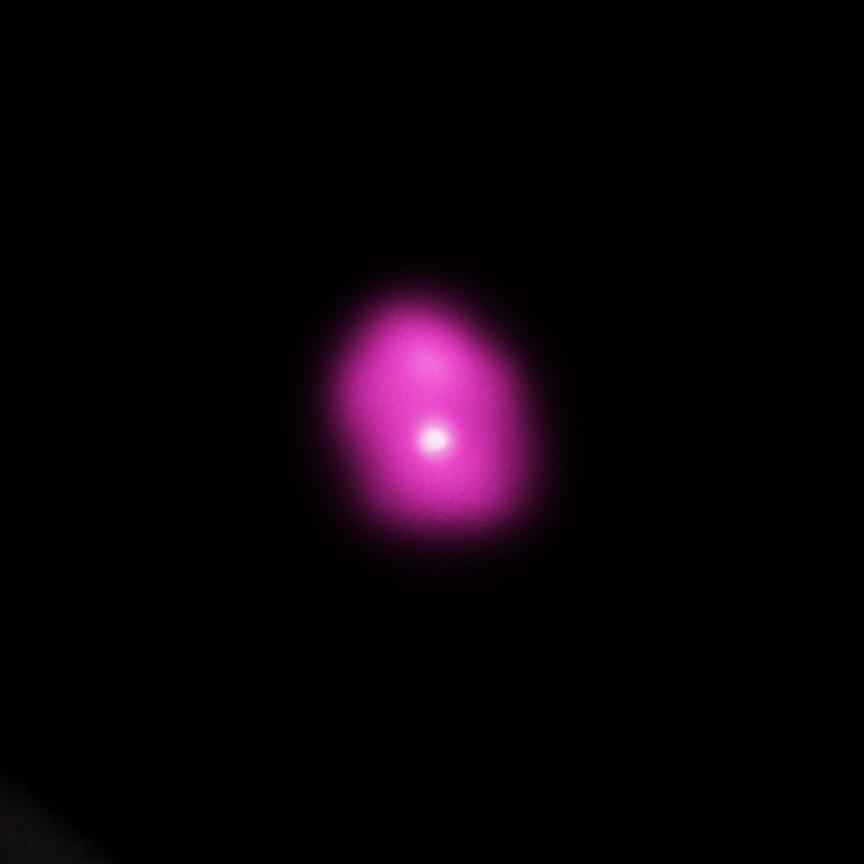CXC Home | Search | Help | Image Use Policy | Latest Images | Privacy | Accessibility | Glossary | Q&A
1
X-ray & Optical Images of NGC 2392
When a star like our Sun uses up all of the hydrogen in its core, it becomes what is called a "planetary nebula." During this stage, the star begins to cool and expand, increasing its radius by tens to hundreds of times its original size. Eventually, the outer layers of the star are swept away by a slow and thick wind, leaving behind a hot core. The radiation from the hot star and the interaction of its fast wind with the slower wind creates the complex and filamentary shell of a planetary nebula. These images of NGC 2392 show X-ray data from Chandra depicting the location of million-degree gas near the center of the planetary nebula. Data from the Hubble Space Telescope show the intricate pattern of the outer layers of the star that have been ejected.
(Credit: X-ray (NASA/CXC/IAA-CSIC/N.Ruiz et al,); Optical (NASA/STScI))
When a star like our Sun uses up all of the hydrogen in its core, it becomes what is called a "planetary nebula." During this stage, the star begins to cool and expand, increasing its radius by tens to hundreds of times its original size. Eventually, the outer layers of the star are swept away by a slow and thick wind, leaving behind a hot core. The radiation from the hot star and the interaction of its fast wind with the slower wind creates the complex and filamentary shell of a planetary nebula. These images of NGC 2392 show X-ray data from Chandra depicting the location of million-degree gas near the center of the planetary nebula. Data from the Hubble Space Telescope show the intricate pattern of the outer layers of the star that have been ejected.
(Credit: X-ray (NASA/CXC/IAA-CSIC/N.Ruiz et al,); Optical (NASA/STScI))
Return to NGC 2392 (July 11, 2013)




